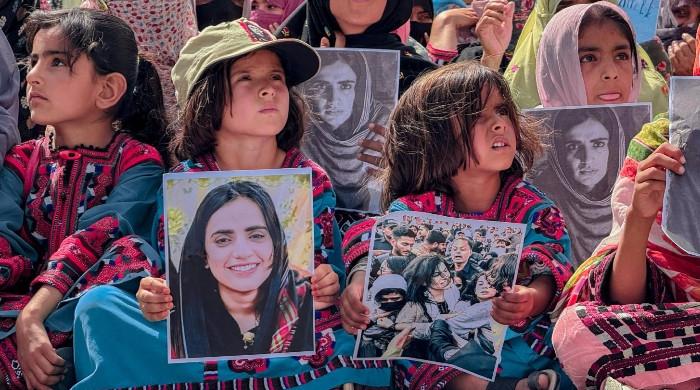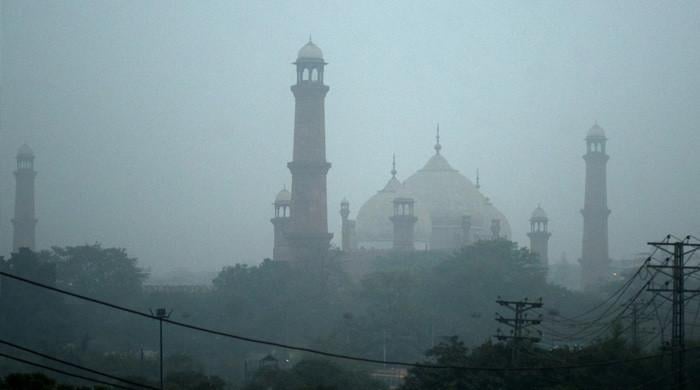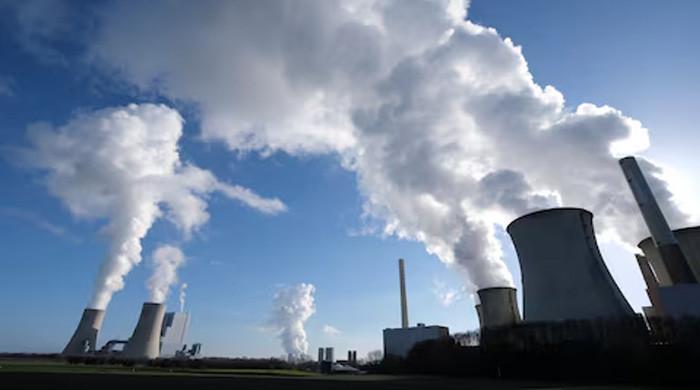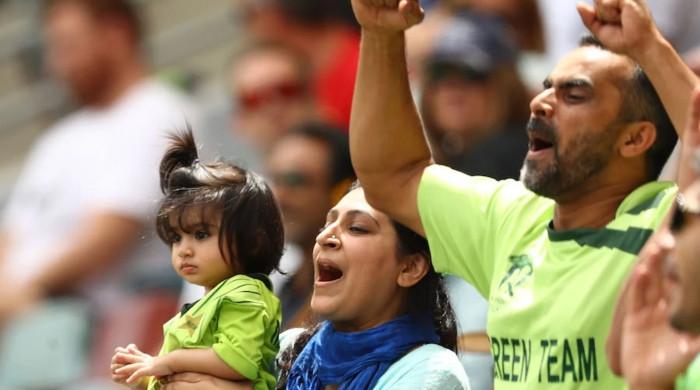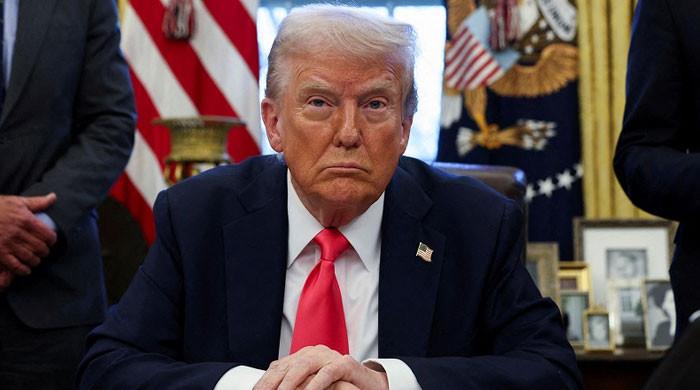PTI’s first budget: perceptions vs reality
After a year in power, an incomplete economic team has certainly dented confidence in govt plans, including Budget 2019-20
June 11, 2019
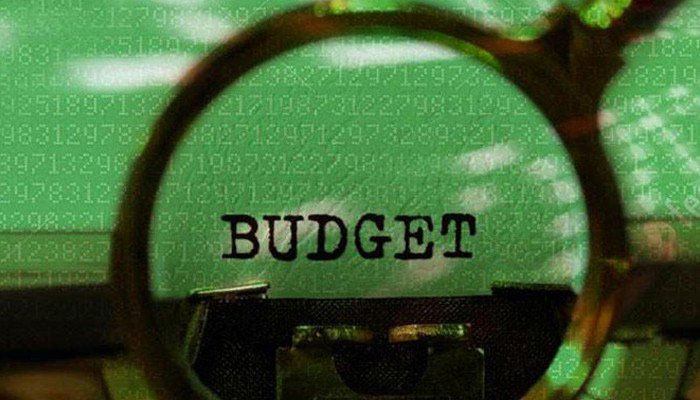
The Budget 2019-20 was presented in the backdrop of arrests of former president Asif Ali Zardari and Opposition Leader in Punjab Assembly Hamza Shahbaz. This unfortunately took away the attention from the much-desired economic discourse on the budget announcement day and all media outfits remained more focused on the evolving political landscape. The government, for its part, in a well-crafted budget speech offered its diagnosis of the dismal economic performance, and at the same time, offered a message of hope.
For somebody who has been following these budget speeches for almost two decades now, it came as a harsh reality that the country unfortunately could not find a full-time finance minister to present PTI’s first federal budget. A day earlier an economic survey document was presented by the government, which was also furnished by a part-time economic consultant at the Ministry of Finance. After almost a year in power, not having completed the economic team at key ministries and departments has certainly dented the confidence in whatever the government has been planning and proposing, including the Budget 2019-20.
The budget offers to help the poor in times of rising prices. Increased allocations for social safety nets and social protection programmes were promised. Interest-free loans were promised. Prime minister’s initiatives for youth, Balochistan and erstwhile FATA were also mentioned. Let us admit that these are all very important initiatives and require budget support. But let’s also see what has budget got to offer beyond charity.
Where will economic growth come from? What sort of inclusive growth can create jobs? How will export competitiveness be achieved? It seems like the economic managers are under the impression that growth cannot be achieved under an IMF-supported stabalisation plan. This is hardly true. A bolder version of budget could have offered stabalisation of macroeconomic fundamentals with a pro-jobs economic growth.
At least for now the budget structure looks distant from the above-mentioned.
First, the government is committing to high levels of fiscal deficit which will take away a lot of financial resources from the private sector. Second, the zero-rating facility may not be available for the exporters and they will face the standard tax schedule. Third, the government has announced an unprecedented increase in the target for tax revenues to be collected from the masses and that also in a low growth period. This is bound to hit the consumption of middle and low income groups and in turn further depress aggregate demand in the economy. Fourth, the new structure of indirect taxes increases prices of essentials such as power, gas, oil and related utilities. This in turn will increase the overall cost of doing business in the country.
With falling value of rupee and envisaged increase in utility prices, it is not clear how the government is promising to keep next year’s inflation in single digits.
Such unrealistic inflation, government revenue and expenditure targets eventually give rise to mini-budgets. This is where PTI has not shown a good record with two mini-budgets seen during the past fiscal year.
In view of the above mentioned, some of the arguments in the budget speech are contradictory. For example, with increased taxes on production, how are we envisaging growth in agriculture and manufacturing sectors? Under low production growth, how is the PTI promising increased jobs? With dismal performance of large-scale manufacturing in the past year and non-responsiveness of exports to currency depreciation and now withdrawal of zero-rating facility, how are exports being projected to grow? With higher levels of custom duties and weak value addition, how did the budget speech promise that Pakistani enterprises will become part of the global value chains?
Frankly, there is very little that Ministry of Finance on its own can do now to fix the structural issues facing the economy. These are precisely the issues that are attributed to throw unprecedented level of fiscal deficit and public sector borrowing. Tackling the circular debt in the energy sector, now hovering around Rs1.6 trillion, or addressing the Rs1.1 trillion losses of public sector enterprises is not something that fiscal policy can address on its own. It would require sectoral policy planning which is missing. The PTI had offered that it will formulate the 12th Five-Year Plan, a new power policy, industrial policy, and another policy for small and medium enterprises. These policies are still awaited.
The budget also did not reflect PTI’s intent to reduce the size of the federal government. While several of the party members are on record to have suggested that several ministries and departments at the federal level will be merged to bring greater efficiency in the public sector expenditure, however, in reality this hasn’t happened. In fact, the budget speech indicated that to reduce poverty the government has erected a new ministry for poverty reduction. One wonders then what is the mandate of Ministry of Planning, Development & Reform?
A key success indicator during fiscal year 2019-20 will be to approach the high revenue targets set by the government. This, unfortunately, will not be possible with the current tax collection machinery and a weak response to amnesty scheme. Will the PTI government have the political will to overhaul the tax administration, document the economy and run after the tax evaders? Or will this government also continue to tax the already taxed. Perhaps only time will tell.
— Ahmed is an Economist and author of ‘Pakistan’s Agenda for Economic Reforms’ published by the Oxford University Press. He tweets @vaqarahmed




